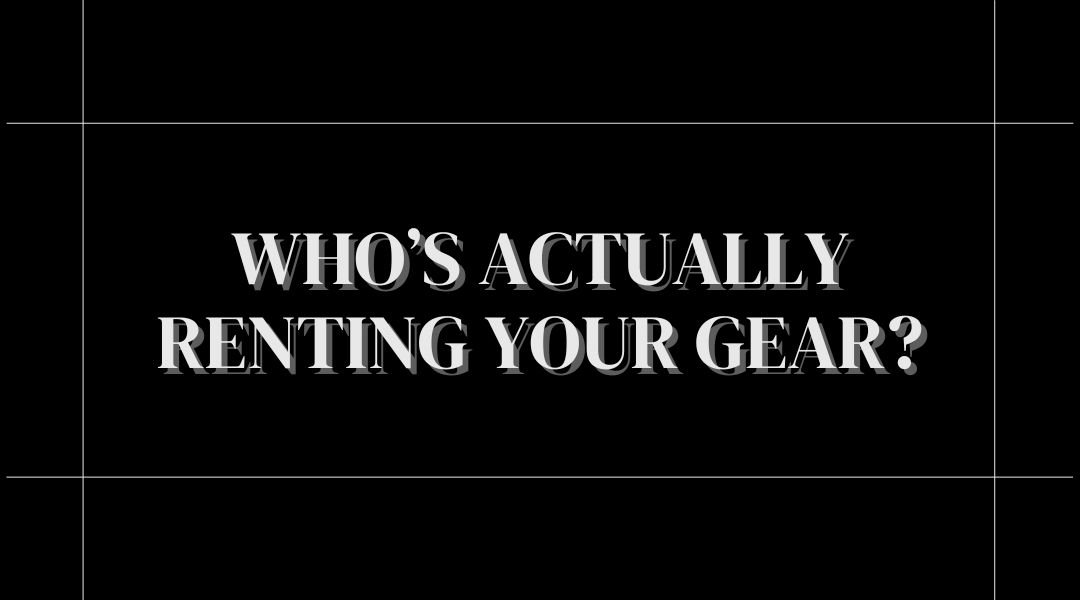You can’t just throw a bunch of tents and kayaks up for rent and hope the right customers magically appear. Smart outdoor rental businesses don’t cast a wide net; they spearfish. Here’s how to zero in on the people who’ll actually pay for your gear (and keep coming back).
1. Paint a Picture of Your Perfect Customer
Forget vague labels like “adventure seekers.” Get specific.
- The Weekend Warrior: Mid-30s office worker who splurges on Patagonia vests but balks at buying a $1,200 mountain bike. Rents gear 4-6 times a year for Saturday excursions.
- The Tourist Family: Out-of-towners hitting Yellowstone who need everything from bear spray to a pop-up canopy—convenience trumps price.
- The Eco-Minimalist: Van-lifer who rents niche items (portable solar showers, compostable camping kits) but owns the basics.
Pro Tip: Stalk your competitors’ Instagram tags. Notice patterns in who’s tagging rental companies—college groups on spring break? Midlife crisis dudes trying kiteboarding?
2. Match Gear to Obsessions (Not Just Activities)
Hiking and camping are surface-level. Dig deeper:
- Regional Nuances: In the Pacific Northwest, ultralight backpacking gear rents fast. In Texas, giant shade tents and coolers dominate summer rentals.
- Trend Waves: Wildfire smoke made portable air purifiers a hot rental item in Colorado last summer. TikTok-fueled hobbies (e.g., cold plunging) spike demand for ice baths and sauna tents.
Real Example: A Phoenix rental shop added “monsoon-proof” rooftop tents after realizing monsoons stranded RV renters seeking last-minute alternatives.
3. Geography Is Everything
Where your customers are dictates what they’ll rent:
- Urban Edge: City dwellers near mountains (Denver, Seattle) rent for day trips—think easy-to-transport gear like e-bikes or backpacking bundles.
- Destination Hubs: Near national parks? Tourists want full kits (think “Yosemite in a Box” with tents, stoves, and pre-packed meal add-ons).
- College Towns: Budget-friendly group gear (6-person tents, cheap coolers) for frat camping trips.
Data Hack: Use Google Trends to compare search volume for “rent camping gear [city]”—spikes reveal untapped markets.
4. Psychographics: The Secret Sauce
Demographics tell you who—psychographics tell you why:
- The “Gram vs. The Purist: Some rent vintage Airstreams for photoshoots; others want beat-up but reliable gear that’s “authentic.”
- Convenience Cravers: Will pay 20% more for pre-set tents delivered to their campsite.
- Greenwashed or Genuine?: Eco-conscious renters scrutinize gear materials (no PVC tarps) but hate being upsold.
Play It: Offer “Carbon Offset” checkout options—but only if your supply chain backs it up.
5. Segment or Suffer
Broad categories = wasted marketing dollars. Get surgical:
| Segment | Pain Point | Your Fix |
| Novice Campers | Fear of buying wrong gear | “First-Timer Kits” with idiot-proof setups |
| Gearheads | Need to test before buying | Rent-to-own options on premium items |
| Bachelorette Squads | Instagrammable setups | Glamping bundles with pink tents + champagne coolers |
6. Stop Guessing—Go Interrogate
Surveys are dead. Try these instead:
- Rental Counter Espionage: Note what customers ask for that you don’t stock. (e.g., “Do you have dog backpack carriers?”)
- Reddit Recon: Search threads like r/CampingGear for rants about rental shortages.
- Guerrilla Feedback: Offer a $5 discount for TikTok reviews—watch how they actually use your gear.
The Bottom Line
Your target market isn’t who you want—it’s who’s already reaching for their wallet. Nail this, and your marketing feels less like shouting into the void and more like handing a parched hiker a cold Gatorade.
